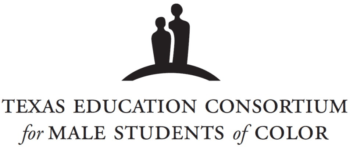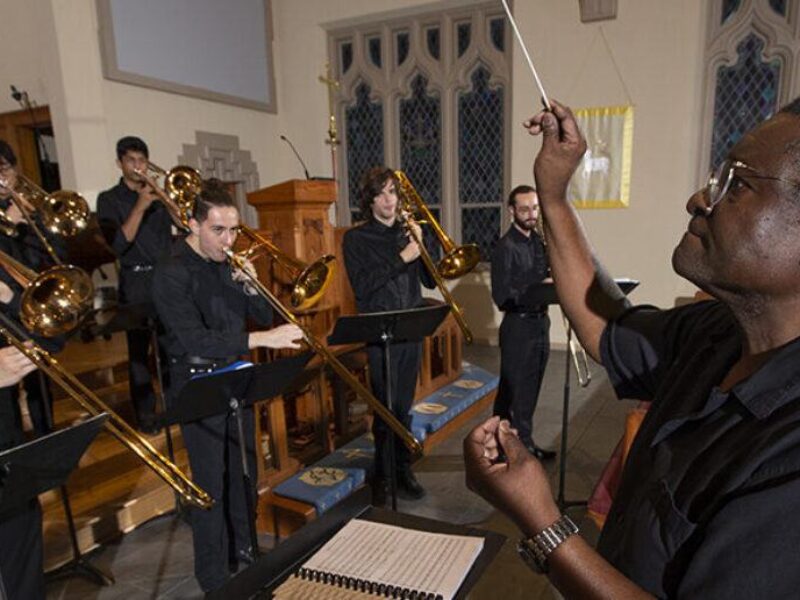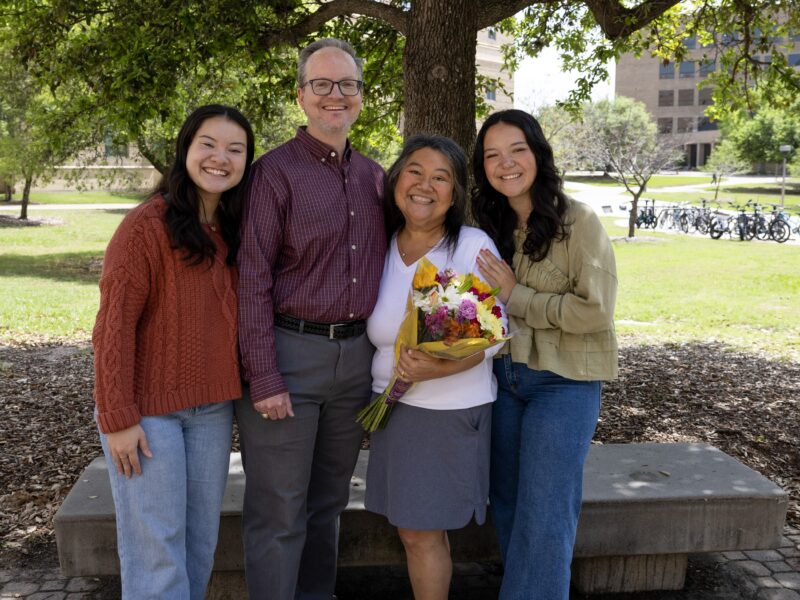Texas A&M Joins Consortium Focused On Improving Education For Minority Males
 Texas A&M University has joined the Texas Education Consortium for Male Students of Color, a statewide network of school districts, community colleges and public universities focused on improving educational outcomes for male minority students.
Texas A&M University has joined the Texas Education Consortium for Male Students of Color, a statewide network of school districts, community colleges and public universities focused on improving educational outcomes for male minority students.
The consortium, based at The University of Texas at Austin, plans to leverage the collective expertise and align existing male-focused programs among member institutions to advance research on best practices to foster academic success for Latino and African-American males, the groups least likely to attend college.
Luis Ponjuan, an associate professor in the Department of Educational Administration and Human Resource Development at Texas A&M, is the consortium’s chief external evaluator. He has collaborated extensively with Victor Saenz, a professor of educational administration at UT and executive director of Project MALES (Mentoring to Achieve Latino Educational Success) on research focused on males of color in education. In a report co-written by the two, “Men of Color: Ensuring the Academic Success of Latino Males in Higher Education,” the authors noted that fewer than two in five degrees earned by Hispanics in 2010 were earned by males.
Narrowing the gender gap for educational attainment among students of color is a statewide and national priority as the Hispanic population continues to grow and will become key for an ethnically diverse workforce. “This collaborative project allows the state’s two leading research institutions to leverage resources and advance the Latino and African-American male educational agenda at the state and national levels,” Ponjuan said.
In its “Closing the Gaps” plan, the Texas Higher Education Coordinating Board (THECB) calls for increasing college participation and success for all students, but it emphasizes the need to improve educational outcomes for Hispanic and African-American males. “We’re committed to addressing the state policy imperative to improve the educational outcomes for male students of color,” Saenz said.
States such as Ohio and Georgia have similar initiatives, but the Texas Education Consortium for Male Students of Color is unique because it represents all sectors of education with the participation of two K-12 school districts, eight community colleges and four public universities.
Funding for the consortium comes from multiyear grants through the Greater Texas Foundation, TG and the THECB.
In addition to Texas A&M and UT-Austin, the consortium partners are: Austin Community College; Austin Independent School District; La Joya Independent School District; Texas State University, San Marcos; University of Texas at San Antonio; El Paso Community College District; Lone Star College System (CyFair and North Harris); Palo Alto College; San Antonio College; South Texas College; Tarrant County College District; University of North Texas (Denton); and Northeast Lakeview College.
To learn more about the Texas Education Consortium for Male Students of Color, visit the website here.
Media contact: Lesley Henton, Texas A&M Division of Marketing & Communications.





